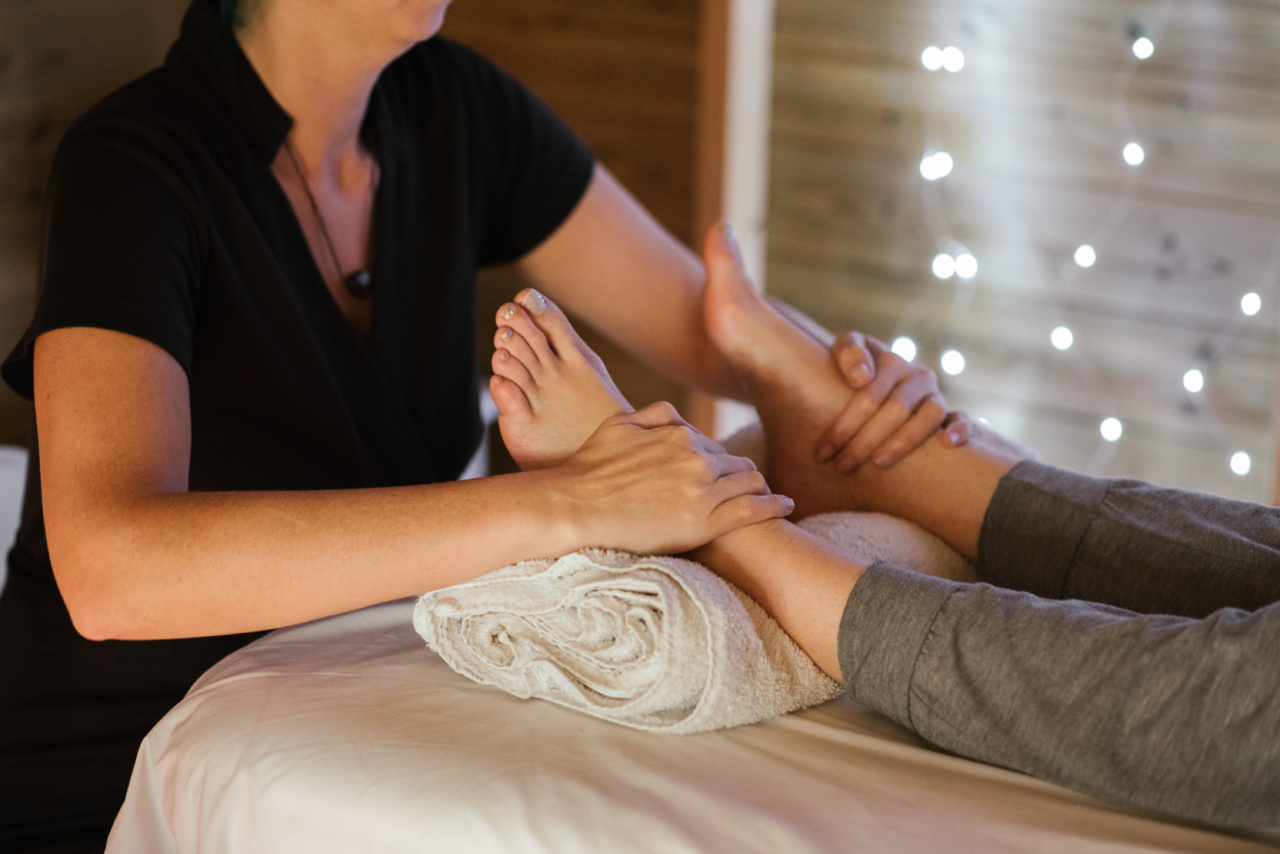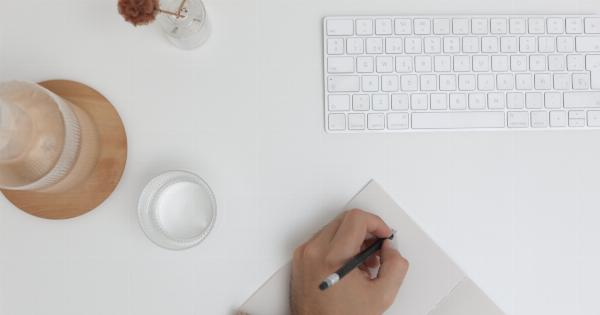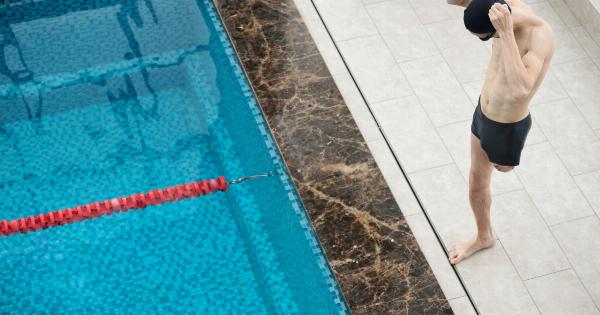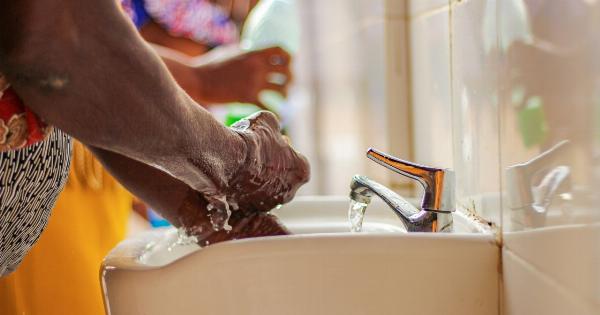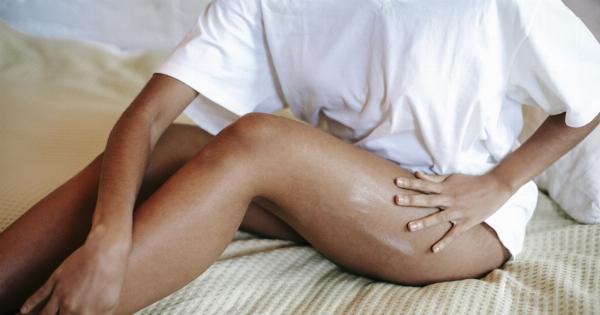Leg massages are not only relaxing and soothing, but they also provide numerous benefits for your overall well-being. One significant advantage of leg massages is their ability to improve circulation.
Proper blood circulation is crucial for maintaining healthy body functions, preventing various health issues, and promoting healing. Whether you have poor circulation due to a sedentary lifestyle, medical condition, or simply want to enhance your blood flow, incorporating these leg massage techniques into your routine can make a significant difference:.
1. Effleurage
Effleurage is a gentle stroking massage technique that helps stimulate blood flow throughout the legs. Start at the feet and use your palms to stroke upward towards the thighs, applying light pressure.
This technique warms up the leg muscles and prepares them for deeper massage.
2. Petrissage
Petrissage involves kneading and compression movements, which help to stretch and loosen the leg muscles, encouraging circulation. Use your hands to gently squeeze and knead the muscles of the calves and thighs, working your way up and down the legs.
3. Tapotement
Tapotement, also known as tapping or percussion, involves rhythmic tapping motions that help increase blood flow and stimulate the leg muscles.
Use your fingertips or cup your hands to gently tap different areas of your legs, including the calves, thighs, and soles of the feet.
4. Friction
Friction massage involves rubbing the skin’s surface to create heat and increase blood circulation. Use circular or cross-fiber motions with your hands to stimulate the leg muscles.
This technique is particularly useful for relieving tension and enhancing circulation in specific areas of the legs.
5. Deep Tissue Massage
Deep tissue massage focuses on deeper layers of muscle tissue and is known to be effective in improving circulation. Apply firm pressure with your fingers, knuckles, or elbows to target tight or tense areas in the legs.
Remember to communicate with your massage therapist about your preferred pressure levels.
6. Lymphatic Massage
Lymphatic massage helps stimulate the lymphatic system, facilitating the removal of toxins and waste from the body, including the legs.
Use gentle, rhythmic strokes with light pressure in the direction of the lymph nodes to encourage optimal circulation and detoxification.
7. Acupressure
Acupressure involves applying targeted pressure to specific points on the body, known as acupoints. Stimulating acupoints in the legs can promote circulation, reduce pain, and alleviate discomfort.
Consult a knowledgeable practitioner or study acupressure points that specifically improve circulation in the legs.
8. Reflexology
Reflexology is a massage technique that focuses on applying pressure to specific points on the feet and hands, known as reflex points. By stimulating these points, you can improve circulation throughout the legs and the entire body.
Consider visiting a skilled reflexologist for a thorough session or learn how to perform basic reflexology techniques on yourself.
9. Hot Stone Massage
A hot stone massage combines the benefits of massage with the therapeutic use of warm stones. The stones are placed on specific areas of the legs to promote relaxation and enhance circulation.
The warmth from the stones helps to dilate blood vessels, allowing for improved blood flow.
10. Compression Massage
Compression massage involves using compression garments or specialized devices to apply pressure to the legs, promoting circulation.
Compression socks, stockings, or leggings can help prevent blood pooling, reduce swelling, and enhance blood flow in the legs.
By practicing these leg massage techniques regularly, you can improve circulation, reduce discomfort, and promote overall leg health.
Whether you choose to visit a professional massage therapist or perform self-massage, remember to listen to your body and adjust the pressure according to your comfort level. Give your legs the attention they deserve and enjoy the revitalizing effects of improved circulation!.
